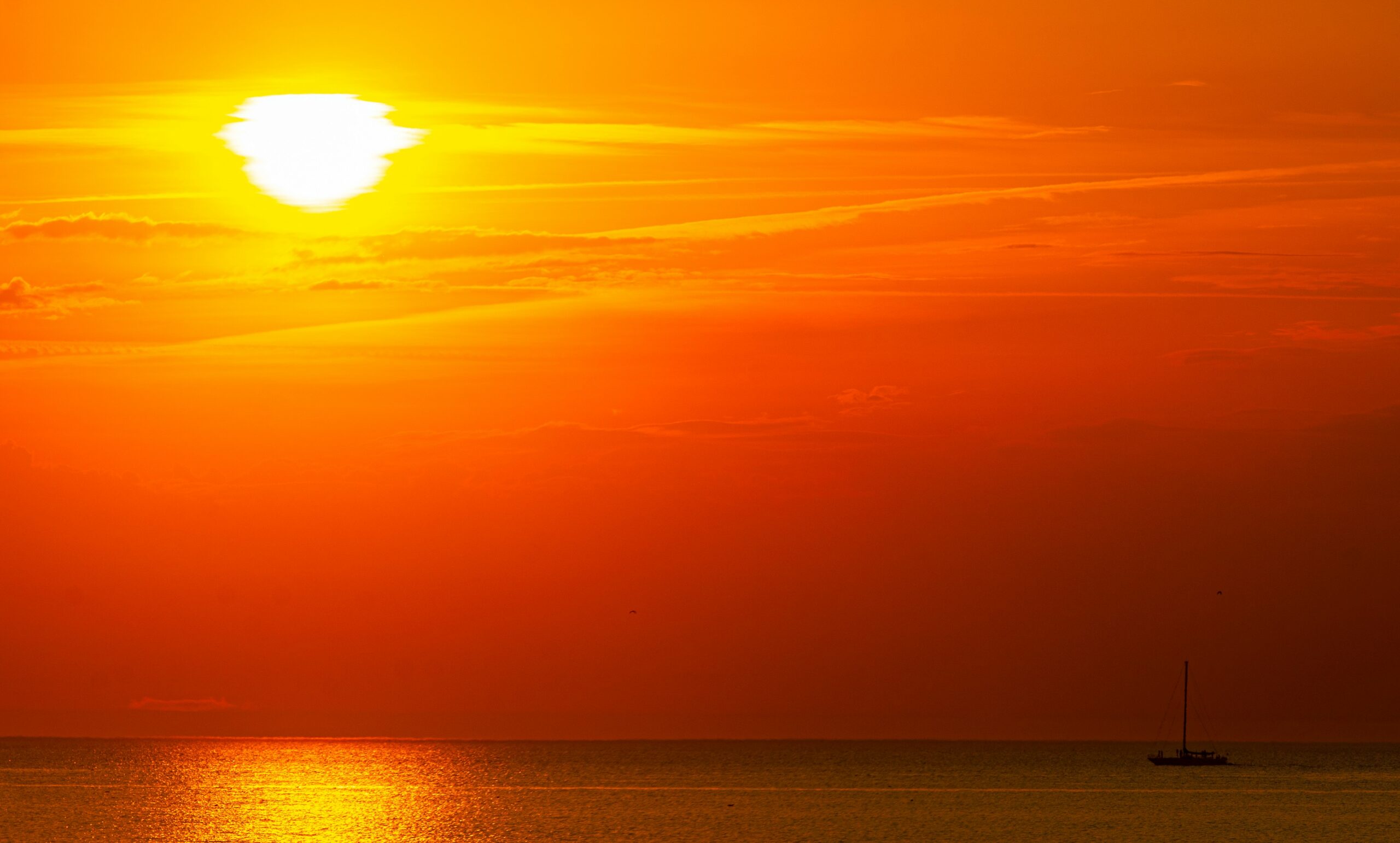Photo by Sergejs Horoshmans
Massive marine heatwave rivals continental scale
A marine heatwave rivalling the size of the contiguous United States has returned to the North Pacific Ocean, marking one of the most significant warming events since monitoring began in 1982. Rachel Hager, a spokesperson for NOAA Fisheries, said this new marine heatwave has grown “approximately the same size as the contiguous U.S.” and now ranks among the top three largest marine heatwaves ever recorded in the northeast Pacific Ocean.
The phenomenon, known as “the blob,” has expanded to cover an estimated 8,000 kilometres from the tip of Alaska all the way to Japan, representing an unprecedented geographical extent for this type of warming event.
Historical context and recurring pattern
The blob first emerged in 2013 as a basin-scale marine heatwave that persisted until mid-2016, stretching over 1,600 kilometres in the North Pacific and extending to depths of almost 100 metres. Between 2013 and 2018, the blob broke apart into three separate masses: one in the Bering Sea, another off the California–Mexico coast, and a third along the coasts of Canada, Washington, and Oregon.
In 2019, another surge in Pacific Ocean temperatures was recorded, dubbed “The Blob 2.0,” which lasted 20 months. Following that event, large marine heatwaves have occurred each of the last six years, with five of these ranking as the largest heatwaves on record for the eastern North Pacific since 1982.
Current event trajectory and intensity
The newest blob, designated NEP25A by NOAA’s tracking system, arose in early May 2025 and had nearly doubled in size from approximately 2 million square kilometres to about 4 million square kilometres by early July. Andrew Leising, a research scientist at NOAA Fisheries’ Southwest Fisheries Science Center in La Jolla, California, who developed a system for tracking and measuring heatwaves in the Pacific Ocean using satellite data, stated that this newest blob “is on a trajectory to be as strong as the prior event.” He added: “Already, on its own, it is one of the most significant events that we’ve seen.”
Temperatures within the blob can reach 2.5°C to 5.5°C warmer than typical for any given time of the year. In August 2025, the average sea surface temperature between 60 degrees south and 60 degrees north latitude reached 20.82°C, the third-highest for the month since records began, only 0.16°C below the August 2023 record.
Ecosystem impacts and concerns
The temperature increase of four to 10 degrees above average is substantial enough to raise concern for ecologists, biologists, and environmentalists about its impact on the health of marine life within the ecosystem. The heated waters trigger toxic algae, diminish the food supply for salmon runs and other fish, sea lions, and seabirds.
Cold, nutrient-rich water boosts the growth of plankton, the microorganisms that act as the base of the marine food web. When warm waters suppress nutrients and oxygen, the chain collapses: fewer plankton mean fewer small fish, which means hungry seabirds, marine mammals, and other predators up the line.
Catastrophic historical precedent
The consequences of previous blob events have been catastrophic. Research found that up to 4 million seabirds, especially common murres, were killed during the 2014 and 2016 blob event, making it the worst single species die-off in modern history. Over 62,000 carcasses washed up on the shores of Alaska by the end of 2016, and with no signs of recovery, researchers believe it triggered an irreversible ecosystem shift.
Researchers documented many ecological effects associated with the original blob, including unprecedented harmful algal blooms, shifting distributions of marine life, and changes in the marine food web.
Scientific monitoring and uncertainty
A main concern now is whether the new blob will last long enough to affect the marine ecosystem. Biologists say that its large size means it probably already has. However, Nate Mantua, a research scientist at the Southwest Fisheries Science Center, stated: “It looks bad, but it could also go away pretty quickly if the unusually persistent weather patterns that caused it change.”
NOAA Fisheries scientists held a special meeting to discuss the emerging heatwave and how to anticipate and track its effects. They are now reviewing impacts documented during the first emergence of the marine heatwave in 2013, comparing them to the effects of the emerging heatwave.
Chris Harvey, a research scientist at the Northwest Fisheries Science Center, said: “Given the magnitude of what we saw last time, we want to know if this evolves on a similar path.”
Coastal temperature effects and upwelling dynamics
Around late July, the heatwave split into two major portions, with one portion now impacting the US west coast from northern-central California through southern Oregon. As the blob approaches land, most of the water mass is cooled by upwelling of cooler deeper waters, which keeps the warm water from significantly affecting temperatures on land. However, the northern Washington coast has experienced less upwelling, causing the warm water mass to affect temperatures on land, increasing temperatures onshore for coastal towns.
Atmospheric drivers and future outlook
The blob is caused by a combination of warmer air temperatures that warm the ocean’s surface, changes in patterns of wind speed, direction and duration, and the persistent mass of warmer water along the equator known as ENSO (El Niño-Southern Oscillation).
The current heatwave forecast suggests heatwaves may continue through the next several months in the far offshore regions where they currently reside, with lower likelihoods of occurrence along the coast. Scientists continue to monitor whether coastal upwelling will resume and mitigate the coastal marine heatwave.
Kristen Koch, director of the Southwest Fisheries Science Center, said: “This is a time when we all need to know how our marine ecosystem is changing, and what that means for those of us who live along the West Coast.”
The longer-term impacts on weather patterns in the Pacific region remain unclear. However, if previous years are any indication, the effects could ripple far beyond the immediate food web, influencing Pacific weather patterns and global climate systems further afield.
